Half Title
Dakota Life in the Upper Midwest
Title
Dakota Life
in the
Upper Midwest
SAMUEL W. POND
With an introduction by
Gary Clayton Anderson

MINNESOTA HISTORICAL SOCIETY PRESS
Copyright
New material 1986 by the Minnesota Historical Society. All rights reserved. No part of this book may be used or reproduced in any manner whatsoever without written permission except in the case of brief quotations embodied in critical articles and reviews. For information, write to the Minnesota Historical Society Press, 345 Kellogg Blvd. W., St. Paul, MN 55102-1906.
First published in 1908 in Minnesota Historical Collections, Volume 12
www.mnhs.org/mhspress
Manufactured in the United States of America
10 9 8 7 6 5 4 3 2 1
 The paper used in this publication meets the minimum requirements of the American National Standard for Information SciencesPermanence for Printed Library materials, ANSI Z39.48-1984.
The paper used in this publication meets the minimum requirements of the American National Standard for Information SciencesPermanence for Printed Library materials, ANSI Z39.48-1984.
International Standard Book Number 0-87351-455-6
Library of Congress Cataloging-in-Publication Data
Pond, Samuel W. (Samuel William)
[Dakotas or Sioux in Minnesota as they were in 1834]
Dakota life in the upper Midwest / Samuel W. Pond; with an introduction by
Gary Clayton Anderson.
p. cm.
This edition previously published: The Dakota or Sioux in Minnesota as they were in 1834.
St. Paul: Minnesota Historical Society Press, 1986.
Originally published: The Dakotas or Sioux in Minnesota as they were in 1834, in
Collections of the Minnesota Historical Society; v. 12 (1908).
Includes bibliographical references and index.
ISBN 0-87351-455-6 (pbk.: alk. paper)
E-book ISBN: 978-0-87351-665-5
1. Mdewakanton IndiansMaterial culture.
2. Mdewakanton IndiansRites and ceremonies.
3. Mdewakanton IndiansSocial life and customs.
I. Title.
E99.M435 P66 2002
977.60049752dc21
2002032598
Contents
Introduction
INTRODUCTION.
In the fall of 1831, during the period of American revivalism called the second Great Awakening, the brothers Samuel W. and Gideon H. Pond joined a Congregational church in their home town of Washington, Connecticut, and were born again for Christ. Such conversions were not unusual at that time, and Washington had been experiencing a great revival throughout much of the summer. This event changed the lives of the young men Samuel was but twenty-three and Gideon two years his junior and they both felt the presence of a strange power. Steeped with a new unrelenting dedication, the brothers committed themselves to work for the Lord.
The Ponds found Connecticut to be a frustrating field for their labor; nearly the entire white population already belonged to churches. But both Samuel and Gideon possessed the kinds of practical skills that could be utilized anywhere Samuel had taught school in Washington and was an excellent farmer while Gideon had learned carpentry. Thus Samuel struck out for St. Louis in 1833, unsure of his final destination but willing to place his fate in the hands of the Lord. Gideon pledged to follow when a field of labor had been discovered.
On the Ohio River, Samuel contracted cholera. Rather than remaining in Missouri, a place he had at first thought promising, he traveled north to Galena, Illinois, for his health. As he recovered and began to look for work, he encountered several Winnebago Indians; later, he heard stories of the Dakota (or Sioux) people who lived farther north and west. The more he thought of the heathen Indians, especially the Dakota who he assumed were still relatively unaffected by the rough frontier environment that existed in Illinois, the more he came to believe that they represented the challenge that he and his brother sought. The Ponds probably shared the belief, prevalent in the East, that the Indians were diminishing in numbers and soon would disappear from North America; naturally, missionaries should save as many of them as possible before that happened. Samuel decided to go among them the next year and Gideon agreed to join him.
Samuel had come to Galena with a hundred dollars and earned more there as a gardener, but after suffering illnesses and buying supplies for the future, his money was gone. Gideon, who had worked on a farm in the summer and attended an academy in the winter, arrived in Galena on May 1, 1834, with three hundred dollars. Shortly after, the brothers departed, heading up the Mississippi River to Fort Snelling, in the heart of the Dakota country. The boat trip upriver was uneventful except for a chance meeting at Prairie du Chien, a trade center at the mouth of the Wisconsin River, where several Dakota Indians happened to be bartering with a white trader. Seeing his chance, Samuel learned from the trader how to ask in Dakota the name of an object. He then struck up a conversation with the Indians, asking them the names of the merchandise in the store. As each word was spoken, Samuel wrote it down. In such a fashion, he began his study of Dakota linguistics and culture. Working with his brother, Pond collected much of the vocabulary that lead to the publication of hymnals, many books of the Bible, and the first dictionary of the language, as well as the classic ethnographical study entitled The Dakotas or Sioux in Minnesota As They Were in 1834, published first in volume twelve of Minnesota Historical Society Collections (1908) and herein reprinted by the society.
While the ethnography was probably written during the winter of 187071, many years after Pond left the mission field, it is unrivaled today for its comprehensive discussion of Dakota material culture and social, political, religious, and economic institutions. Unfortunately, Pond has received less attention than he deserves, possibly because the work is often perceived as missionary literature and thus is viewed by some scholars as having an unreliable bias. Pond seemed to anticipate such criticism, stating that the main goal of the ethnography is to show what manner of people the Dakotas were as savages, while they still retained the customs of their ancestors. In other words, Pond hoped as is evident in the title he selected to develop an objective assessment of the Dakota before their intercourse with whites dramatically changed their society.
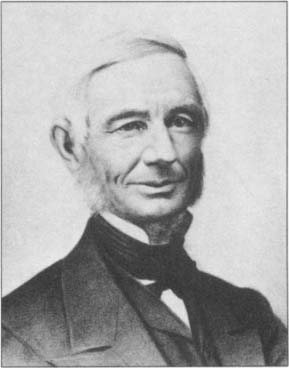
SAMUEL W. POND

Locations Mentioned by Pond
Ponds credentials for writing ethnography came from spending nearly twenty years in intimate association with the Dakota. This period of observation began in 1834, when he and his brother landed at Fort Snelling, an American military establishment at the mouth of the Minnesota River, near the present-day city of Minneapolis. The Ponds were quickly convinced by the post commander, Maj. John Bliss, to go and teach Little Crows band of Mdewakanton Dakotas how to use a plow. The site of the bands village at Kaposia, nine miles below the fort on the Mississippi, is now part of South St. Paul.
This brief effort, which the Indians found unrewarding, brought the Pond brothers to the attention of Maj. Lawrence Taliaferro, the conscientious government agent for the Dakota. Because of the depletion of animal populations in the fur trade, Taliaferro tried desperately to convince the Dakota people to turn to agriculture. With this goal in mind, he offered the brothers a deal. He proposed that they settle near Lake Calhoun, a beautiful body of water less than a dozen miles northwest of the fort, and teach the ways of white civilization and farming to the small band of Mdewakantons living there under Cloud Man. Taliaferro purchased building materials and farm tools, using money from his own salary, and by the fall of 1834, the Ponds had a mission and a field for their labors.



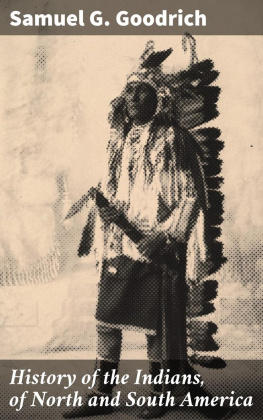

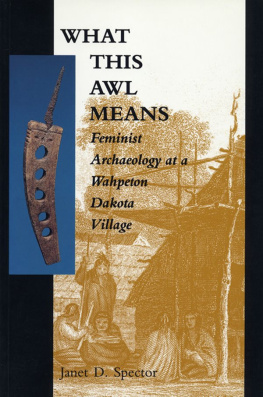
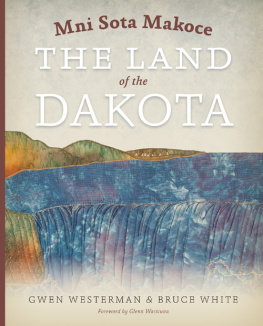
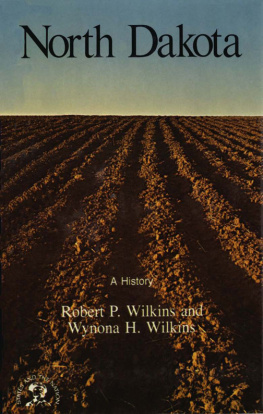
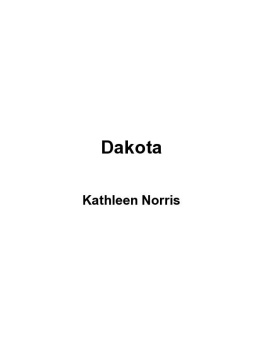

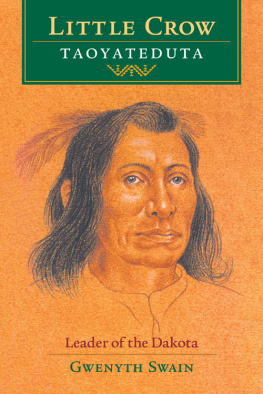
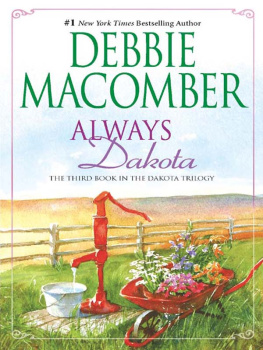

 The paper used in this publication meets the minimum requirements of the American National Standard for Information SciencesPermanence for Printed Library materials, ANSI Z39.48-1984.
The paper used in this publication meets the minimum requirements of the American National Standard for Information SciencesPermanence for Printed Library materials, ANSI Z39.48-1984.
